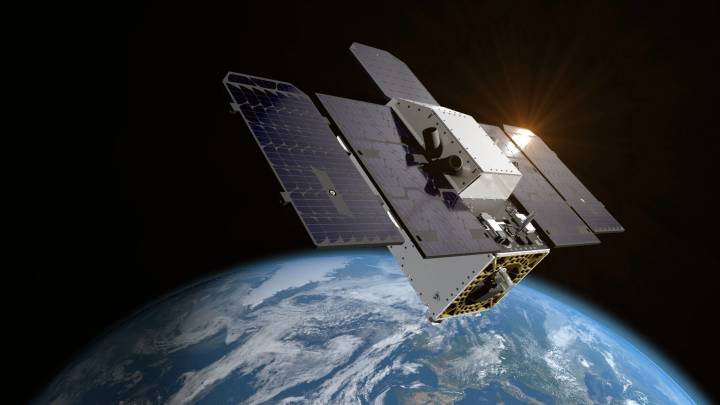Daniel P. Johnson, a geographer at Indiana University at Indianapolis, works with a team of researchers who spend a lot of time catching blowflies, dissecting their iridescent blue-green abdomens, and analyzing the contents of their guts.
Johnson and his colleagues are tracking the spread of Lyme disease on a warming planet. But they need a lot of additional data. They get it from NASA.
The world’s foremost driver of space science is not a public health agency. But NASA’s vast data collection has quietly become important for health research, helping scientists track disease outbreaks and monitor air pollution amid climate change.
Now, as President Donald Trump’s administration proposes sweeping cuts to the agency’s budget, including its Earth Sciences Division, experts are worried that

 Fast Company Technology
Fast Company Technology

 Raw Story
Raw Story Reuters US Domestic
Reuters US Domestic AlterNet
AlterNet Local News in Texas
Local News in Texas Local News in Ohio
Local News in Ohio Cover Media
Cover Media CBS News
CBS News Mediaite
Mediaite